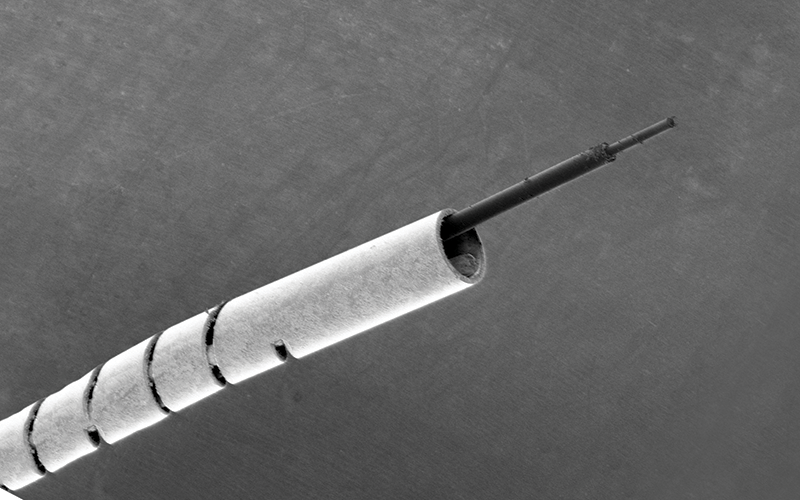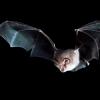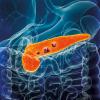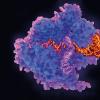A fibre-optic medical robot that could access the body through tiny cavities is being developed by researchers as part of a major grant.

A fibre-optic medical robot that could access the body through tiny cavities is being developed by researchers as part of a major grant.
The researchers from the Hamlyn Centre at Imperial College London have received funding of £6.5m from the Engineering and Physical Sciences Research Council.
The money is to “advance the field of precision surgery” and will see the development of “fibre-bot” – an advanced new instrument for delivering treatments to patients via orifices.
The researchers are already working on a prototype for the fibre-bot, which will be about the width of a human hair, and will consist of a flexible hollow optical fibre.
The aim is to ultimately enable surgeons to conduct endoluminal surgical procedures to detect and treat conditions such as cancers that affect the breast, throat, lungs, and gastrointestinal system.
imperial.ac.uk




